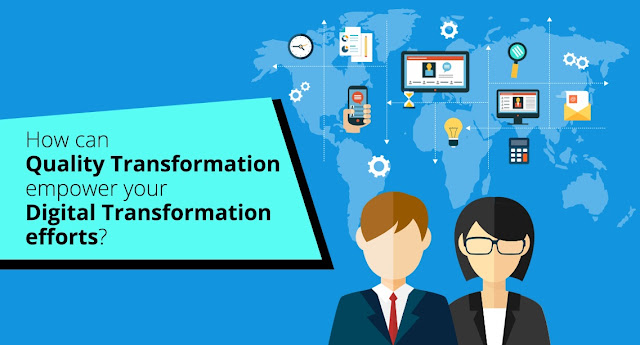Can facial recognition technology be of help in preventing retail theft?
 | |
software testing in artificial intelligence |
It is no more a secret that consumers
purchasing inside stores are being watched. Whether it is a premium boutique
store like Calvin Klein or a big box retailer like Walmart, overhead cameras
have become a regular fixture inside stores. These cameras record the
activities of shoppers to identify instances of shoplifting. However, what if these
cameras continuously scrutinize the faces of shoppers through an arrangement
and look for potential shoplifters? Biometric technologies like facial
recognition have become more robust, accessible and advanced with the incorporation
of artificial intelligence. Now, several stores are utilizing facial
recognition technology to spot shoplifters. As per a survey by the National Retail
Foundation, retail organizations lose about 50 billion dollars annually due to shoplifting.
Previously, facial recognition was associated
with cybersecurity but today, it has an active application into other sectors as
well such as marketing, retail, and health. In fact, more number of retail-based
brands are looking for ways to engage customers with this technology. Many
entrepreneurs are offering better shopping experiences by incorporating cutting-edge
technologies such as augmented reality, CRM, facial recognition, and artificial
intelligence. Thus, facial recognition has become one of the most prominent
technologies to drive future stores. Let us dig deeper to find out how facial
recognition can help future retail stores to succeed.
Sending tailored messages:
It is easier to track customers who are
shopping online, but quite difficult for the brick and mortar stores. Here, face
recognition software can enhance customer experiences by identifying VIP
shoppers who check-in. Retailers can offer bespoke text messages to consumers
in stores to promote discounts, recommendations, and other offers.
Preventing organized crime
and violence in stores:
As per surveys, retail crime incidents cost U.S
retailers around 30 billion each year and unfortunately, are getting
aggravated. The loss prevention teams find it difficult to recall the names and
faces of every retail criminal. However, with the help of facial recognition,
retailers can proactively stop organized retail crimes. This biometric process
also helps to keep stores safer. Security personnel generally react to crimes
in progress without the presence of facial recognition. This AI-based
technology can empower them to take a proactive approach to block crimes even
before they happen.
Offering bespoke
assistance during in-store purchase:
Face recognition can also be applied to convey
meaningful notifications to retailers. As a result, store employees can offer
better assistance to shoppers present in the store. Facial recognition
technology can incorporate a wide range of retail solutions such as loyalty
systems, CRM, point-of-sale and many others. Store executives can gather substantial
information about customers thus helping them to do a better job of assisting
customer service.
Are all facial recognition
technologies up to the mark:
Facial recognition is a complex process, which
needs to be tested rigorously to enable its flawless performance. AI application testing would
ensure that all security tests run seamlessly. This type of retail mobile application
testing must focus on comparing various sets of data to get the
desired results. Presently, most facial recognition faces challenges regarding
high FAR and FRR rate. Hackers too are on the lookout to exploit the technology
for their nefarious activities. However, a thorough testing process would make
sure the facial recognition software performs as desired. It accomplishes the moderate
accuracy levels of facial recognition software by decreasing security
vulnerabilities.
Challenges of facial
recognition software:
According to a survey by Forrester, the biggest
challenge facing a facial recognition AI system is a well-curated collection of
data. FAR (False Acceptance Rate) and FRR (False Recognition Rate) are the two
major challenges of AI system. FAR is known to be the ratio of false
acceptances and identification attempts while FRR is known to be the ratio of false
recognition and identification attempts. The impactful challenges apart from
FAR and FRR to the facial recognition system are the occlusion of subjects,
different expressions of an individual, movements of the head or pose
variations, and background of the subject.
However, to carry out best practices,
organizations need to engage in software testing
in artificial intelligence to deliver foolproof results.
Conclusion
Facial recognition application is utilized by
retailers to rapidly recognize offenders and inform team members to ensure in-store
loss prevention. This technology helps to prevent crime before commencing. However,
AI application testing remains
critical to making sure that collected data remains secure and the loss
prevention team can prevent any attempts by hackers. It demands a standard
accuracy level that can only be attained through retail software testing.
Diya works for
Cigniti Technologies, Global Leaders in Independent Quality Engineering & Software Testing Services to be
appraised at CMMI-SVC v1.3, Maturity Level 5, and is also ISO 9001:2015 &
ISO 27001:2013 certified.


Comments
Post a Comment